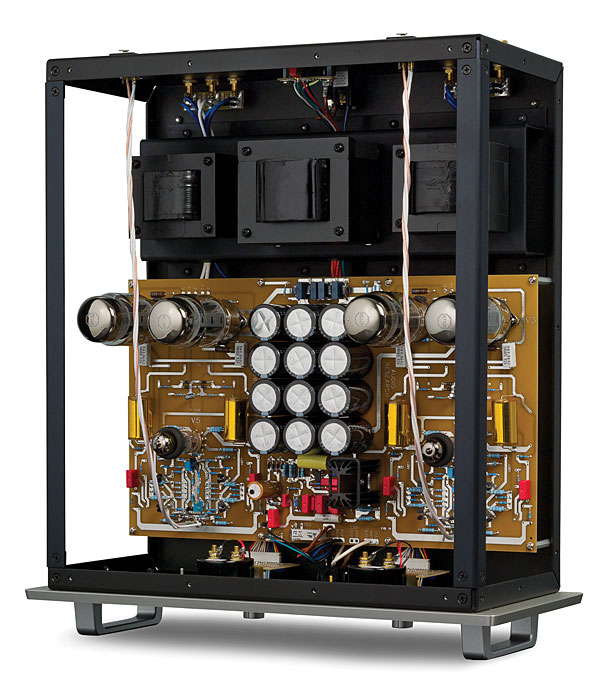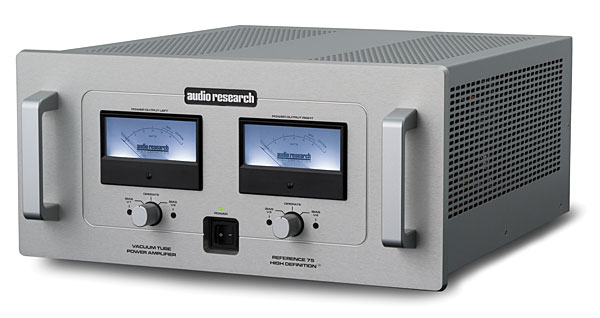| Columns Retired Columns & Blogs |
I have gone to a lot of shows and heard a lot of equipment costing hundreds of thousands but the one system that still sticks in my mind was an all Audio Research back end complete with CD player and Verity Audio speakers at the Montreal Hi-Fi show several years back. The 3-D effect, seperation of instruments, transients, etc, etc wasn't matched by any other equipment including the venerable MBL's. Reading Mr. Reina's excellent review last month confirmed my experience but also brought me back to that day in Montreal.






































